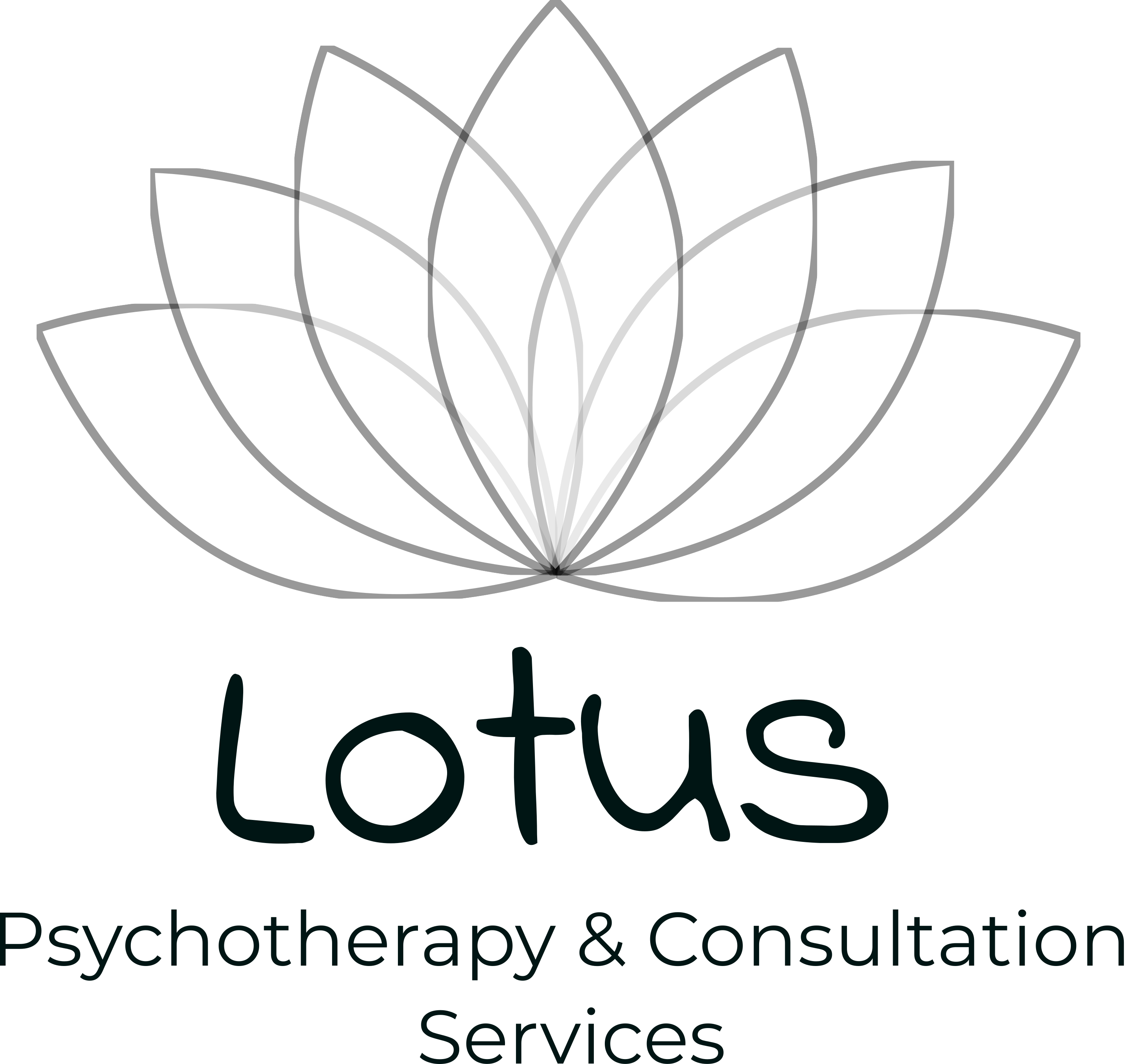In a world where information is at our finger tips and social media platforms can condense the information into 30 second reels, we are often left with our own interpretations. Sometimes our interpretations are compelling and even helpful. However, these same interpretations also have the propensity to lead us down a path of self-criticism and judgment of ourselves and others. Nowhere is this dynamic more prevalent than in the area of mental health. While mental health awareness has exponentially grown during the past few years, the likeliness for misunderstanding and discord has also evolved in pace with awareness. Given this dynamic, I have created one pathway to better understand our mental health through the lens of a mindfulness perspective. It is in the midst of our chaos that we are able to find a pathway to comfort. This process has the capacity to move us from judgment to non judgement.
Starting from a mindfulness perspective, rooted in non-judgment and total self-acceptance, this proposed process offers a structure to move from the construct of judgment to the construct of non-judgment. I have designed this process to help better understand mindfulness and how practicing mindfulness retrains our automatic neuronal pathways in both our conscious and unconscious parts of the brain. It has been developed by drawing from both my academic training as well as my clinical experience in a variety of practice settings. It is not meant to replace the good work of other scholars, rather it is meant to contribute to the growing body of information we have related to the contemporary understanding of the age old practice of mindfulness. While practicing this operationalized process can assist us in addressing immediate issues, it also has far reaching effects on our neuronal functioning that are durable and sustainable over time and environment.
This proposed process has five steps. Each step is named and outlined below, as a mechanism of action to move us from the constructs of judgment to non-judgment. The five steps are “awareness”; “breath”; “investigate”; “circle of control”; and “nuture”. Let’s begin to elaborate with step one.
Step one of this process, awareness, begins by noticing ourselves during times of suffering and duress. Growing self-awareness includes three dimensions; awareness of cognitions/thoughts; emotions/feelings; and physical impact/body responses during periods of suffering. Much of our western world culture suggests that duress be corrected, punished, or ignored. In mindfulness practices, suffering is esteemed as an important part of the human condition and is to be honored and understood. By starting this process with awareness, we are leaning into suffering as a means to grow self-awareness and insight into our thoughts, feelings, and behaviors.
Step two of this process, breath, engages our physical self in this psychological process. Specifically, I encourage taking two to three deep and cleansing breaths, breathing in with your nose to the count of four and out with your mouth to the count of eight. This step is critical in engaging both the prefrontal cortex as well as the limbic system portion of our brains. The prefrontal cortex is responsible for our conscious thinking, while the limbic system refers to our unconscious part of the brain.
Step three of this process is investigate. A meaningful and organized way to investigate your thoughts and feelings is to ask yourself the following questions: Is there evidence to support my judgmental thoughts and feelings? ; What are the objective facts? ; Why do I care? . Responding to these questions provides a platform for increased self-awareness; increased insight; and increased self-compassion. As these questions are answered, we move from being stuck in our thoughts and feelings towards being able to see evidence and data that can be helpful to discernment and ultimately positive outcomes.
Step Four of this process, circle of control, leads us to examine the evidence and data derived from step three and to determine what is in our “circle of control”, both internally and externally. The internal circle of control strategies transcend any environmental factors. These strategies are internal and able to be actualized regardless of the environmental stressors. Primary examples of the internal circle of control include breaths, self-compassion, spiritual practices for those who believe, and grounding. Each of these examples are outlined below.
The breathing response in this part of the process includes taking ten mindful breaths, with all the focus on the breaths. Self-compassion refers to the way in which we speak to ourselves internally. A primary resource for learning self- compassion is the book by Kristen Neff, titled Self-Compassion. Spiritual practices, for those who believe, include anything from prayer life to rock or stone collections. Spiritual practices are directly linked to your unique beliefs. Grounding, in its simplest form, refers to identifying anything on the ground, which gets us out of our head and into the moment. I encourage an embellishment of the grounding practice which includes noticing all five of your senses and what they are experiencing in the moment. The five senses are hearing; seeing; tasting; smelling; and the feeling on your skin.
In each of the examples of practicing what is in our internal circle of control, there is often cognitive rebuttal which suggests that none of the above strategies will change external factors. In response to this query, I encourage two follow up considerations. First, to be fair, while these internal practices do not change external factors, neither does being stuck with our thoughts and feelings spiraling out of control. Secondly, what very much changes in these practices is the effect that our environmental factors have on us. When practicing these strategies, we have a moment to allow oxygen to get to our brain, resulting in a calming of our central and sympathetic nervous systems. Further, these internal circle of control strategies allow us a moment to regroup, moving from automatic responses to intentional, mindful, effortful responses.
Our external circle of control is where we get malleability, ultimately offering us the capacity for adaptive change. The external circle of control will vary based on your thoughts and feelings as well as the circumstances surrounding you. The final step in this process of moving from judgment to nonjudgment is step five, Nurture.
Step five directs us back up to step four, to choose options in our circle of control that best nurture us, both internally and externally. There is no new information included in this last step. It is essentially creating multiple choice options of what has been identified in step four. By choosing options in our circle of control, we are able to find comfort in even the most trying times. These steps allow us to examine our interpretations and allow us the opportunity to make mindful decisions that best align with our values.
In a world where information access is evolving at exponential rates, having a framework to makes sense of our thoughts and feelings can be helpful to our sense of inner peace, self-love, and understanding. It’s one lens that can guide us in understanding ourselves in ever changing environments. Ultimately, this process is one way to move from chaos to comfort.


